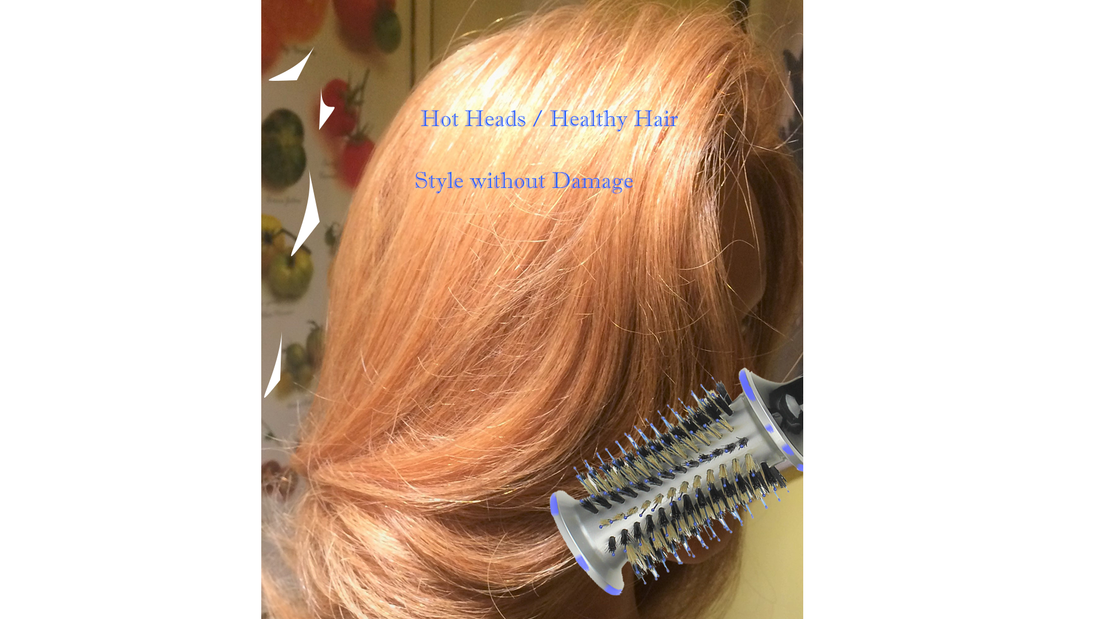
Understanding Thinning Hair: Causes and Solutions
Understanding Thinning Hair: Causes and Solutions

Thinning hair can be a frustrating and emotional experience, but the good news is that with the right knowledge and care, it’s often manageable—and in many cases, reversible. Let's break down the three primary categories of thinning hair and explore what you can do to keep your locks healthy and full.
1. Mechanical Damage
Mechanical damage is one of the most common—and most avoidable—causes of hair thinning. Using hot tools like blow dryers, curling irons, or flat irons daily can weaken the hair shaft over time. Combine that with old or poorly maintained styling tools, and your hair may be headed for breakage and decreased density.
Quick Fixes:
- Switch to a gentle, restorative shampoo and use deep reconstructor treatments. You might see noticeable improvement after just three applications.
- Be mindful of hair accessories—avoid ties or clips that are too tight or damaged.
- Turn down the heat! Excessive heat can cause internal bubbling in hair strands, making them more prone to thinning.
2. Chemical Damage
We all love experimenting with color and texture—from highlights to perms to keratin treatments—but chemical processes can wreak havoc if not managed properly. Hair that's chemically over-processed becomes fragile, and you might not notice the damage until it’s already advanced.
What You Can Do:
- Be open with your stylist about any recent medication changes, including allergy meds—they can affect how your hair reacts to treatments.
- Pay close attention to changes in your hair texture or strength after chemical services.
A surprisingly effective technique? Gently brushing your scalp at night—against the natural direction of hair growth. This simple ritual can boost blood circulation and increase oxygen delivery to the hair roots, helping to nourish and strengthen from the inside out.
3. Systemic Causes
Thinning can also originate from within. These causes fall into two groups:
- Hereditary: Your genetics play a key role in the density and growth cycle of your hair.
- Reactionary: Factors like stress, hormonal imbalances, poor diet, environmental changes, or medications can all trigger hair thinning.
Best Approach: Consult a qualified professional—such as a nutritionist, homeopath, or doctor—who can help identify and address the root cause.
Ready to Act?
The key to managing thinning hair is being proactive. Don't wait for major changes before seeking solutions. Start with understanding your hair type, then explore treatments and routines that suit your needs.
Please Note: when using a thinning hair shampoo 2 applications is advisable as the first one removes debris, and the second should remain on the scalp for 1-2 minutes to allow activities in the shampoo to work.
Some of these thinning shampoos may be drying to the hair, if this is the case apply the second shampoo to the scalp areas only for the most part. Then apply a conditioner to hydrate hair strands.
This approach for the most part will help improve the quality of your hair. Just remember it will take about 3 months to see and feel the difference as this is the cycle of hair grow.
